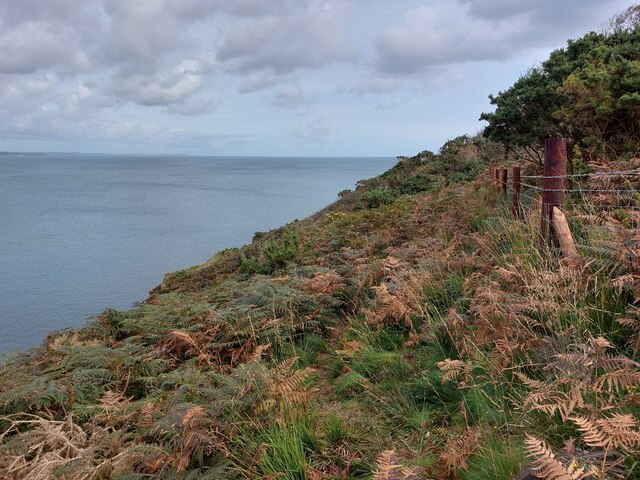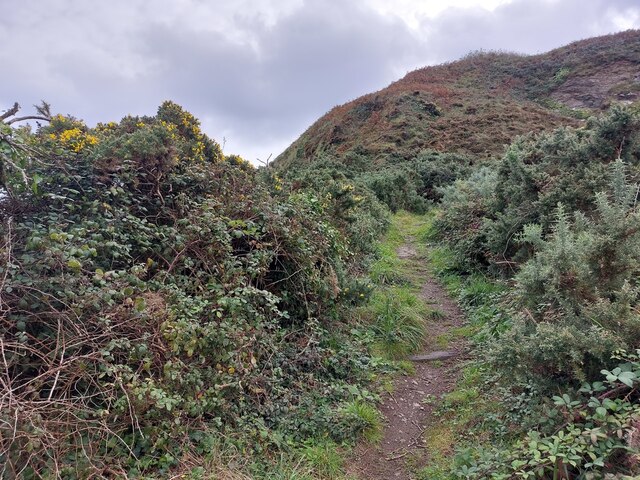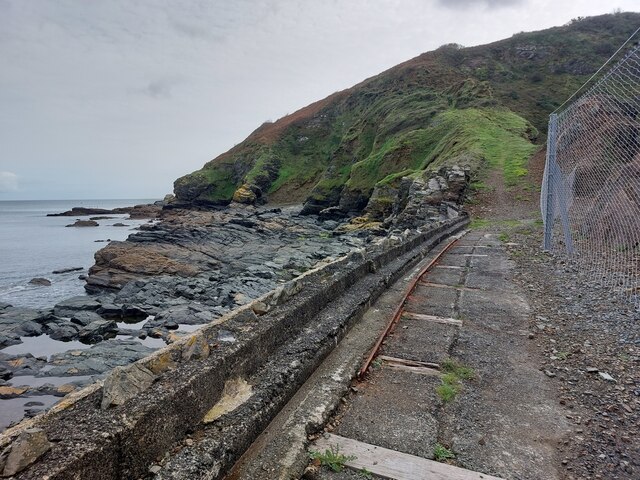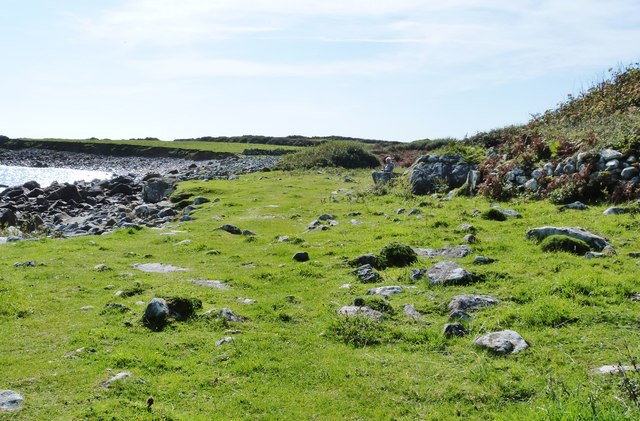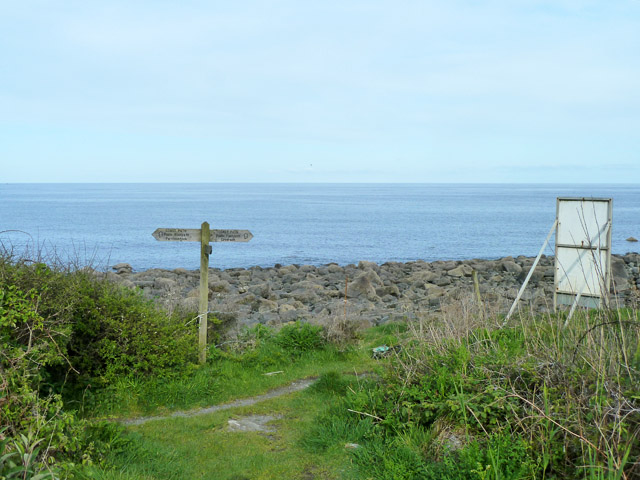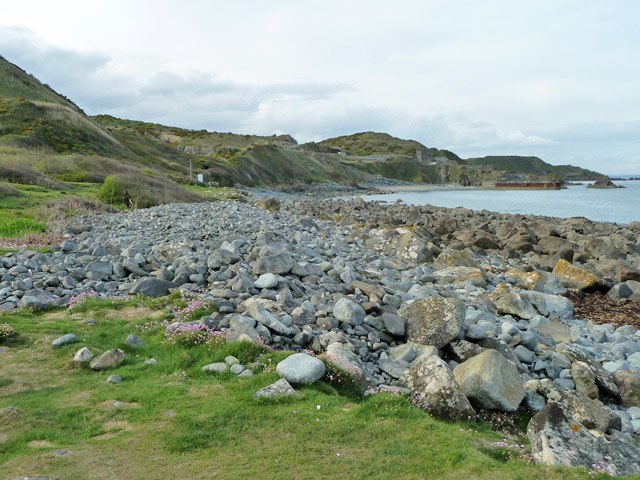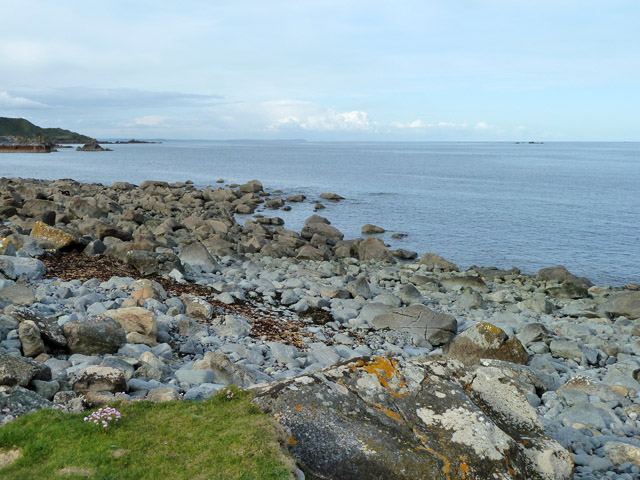The Gunden
Island in Cornwall
England
The Gunden
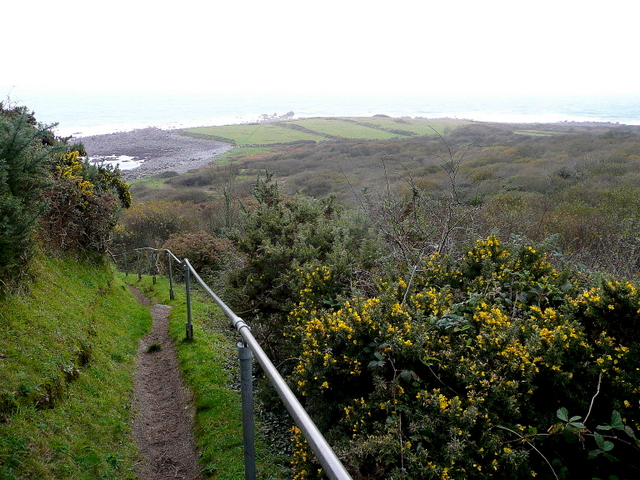
The Gunden is a small island located off the coast of Cornwall, England. It is situated in the Celtic Sea, approximately 3 miles southwest of the town of Penzance. The island measures approximately 0.5 square miles in area and is known for its rugged and rocky terrain.
The Gunden is uninhabited and has no permanent structures or facilities. It is primarily composed of granite cliffs and features a diverse range of flora and fauna. The island is designated as a Site of Special Scientific Interest (SSSI) due to its importance as a breeding ground for various seabird species, including puffins, razorbills, and guillemots.
Access to The Gunden is restricted due to its protected status and the treacherous sea conditions surrounding it. However, occasional boat tours or birdwatching trips may offer visitors the opportunity to glimpse the island from a distance.
The Gunden has a rich history, with evidence of human activity dating back to the Bronze Age. Archaeological discoveries on the island have included ancient burial mounds and remnants of early settlements. The island's strategic location also made it a defensive outpost during various historical conflicts.
Overall, The Gunden offers a unique and picturesque glimpse into Cornwall's natural beauty and wildlife. Its isolation and protected status make it an important sanctuary for seabirds, while its historical significance adds to its allure for those interested in the region's past.
If you have any feedback on the listing, please let us know in the comments section below.
The Gunden Images
Images are sourced within 2km of 50.053237/-5.0573299 or Grid Reference SW8121. Thanks to Geograph Open Source API. All images are credited.
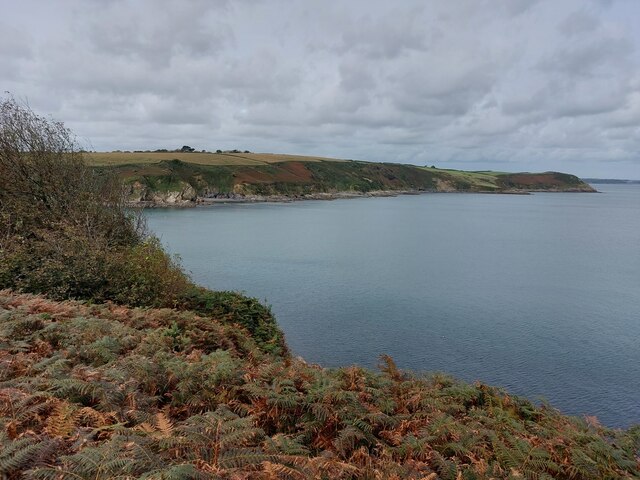
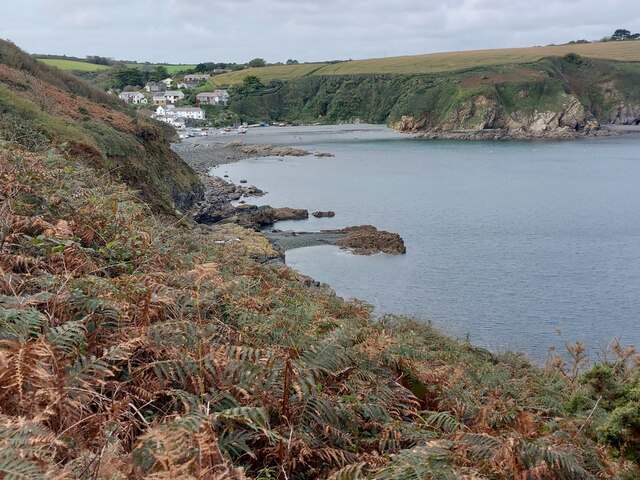
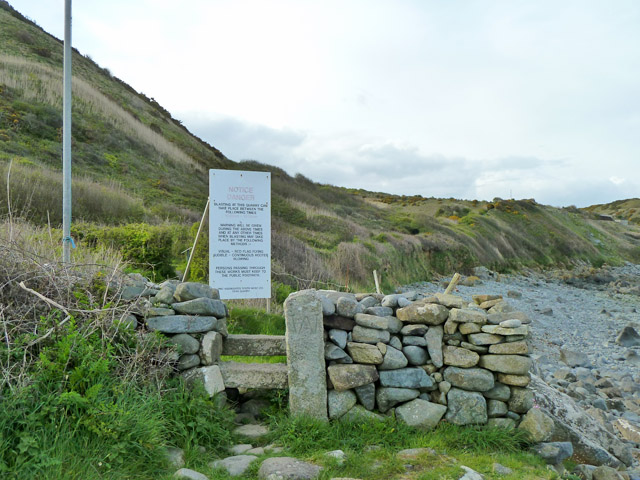
The Gunden is located at Grid Ref: SW8121 (Lat: 50.053237, Lng: -5.0573299)
Unitary Authority: Cornwall
Police Authority: Devon and Cornwall
What 3 Words
///things.pods.challenge. Near Falmouth, Cornwall
Nearby Locations
Related Wikis
Porthoustock
Porthoustock (Cornish: Porthewstek) is a hamlet near St Keverne in Cornwall, England, United Kingdom, on the east coast of Lizard Peninsula. Aggregates...
Rosenithon
Rosenithon (Cornish: Ros an Eythin) is a hamlet east of St Keverne in west Cornwall, England.The name Rosenithon comes from the Cornish language Ros an...
SS Mohegan
The SS Mohegan was a steamer which sank off the coast of the Lizard Peninsula, Cornwall, on her second voyage. She hit The Manacles on 14 October 1898...
The Manacles
The Manacles (Cornish: Meyn Eglos, meaning church stones) (grid reference SW820205) are a set of treacherous rocks off The Lizard peninsula in Cornwall...
Nearby Amenities
Located within 500m of 50.053237,-5.0573299Have you been to The Gunden?
Leave your review of The Gunden below (or comments, questions and feedback).
